Running a lot of ads but not getting the desired results. This is probably a common issue for many people when conducting advertising campaigns. Even if you increase the budget and adjust various elements, the performance of the ads still doesn’t improve much. The reason might be that you don’t fully understand the Anatomy of a Facebook Ad. This is not a new or complicated concept, but not everyone grasps it well. Let’s explore it together with the CUF ADS Blog!
Contents
Introduction
As mentioned above, it is not uncommon for advertising campaigns to perform poorly. In fact, more than half of advertisers find it difficult to achieve their campaign goals. One of the main reasons is that their ads fail to capture enough attention from the target audience.
To build a high-quality ad, you first need to understand the Anatomy of a Facebook Ad. It comprises all the elements that make up an ad you see on Facebook every day. The main elements typically include: content, images, description, call to action…, along with secondary elements such as Ad Placement and Ad Format
Exploring the Anatomy of a Facebook Ad
Let delve into the essential elements that form the Anatomy of a Facebook Ad:
- Ad Image or Video: The visual centerpiece that grabs attention and conveys your message. This is the first thing users notice, and it needs to be visually compelling and relevant to your audience.
- Ad Headline: The concise and compelling text that entices users to engage. A strong headline captures interest and encourages users to learn more.
- Ad Description: The expanded narrative that further explains your offer and benefits. This text provides additional details that help convince users of the value of your ad.
- Ad Call to Action (CTA): The clear and directive prompt that guides users towards action. A well-crafted CTA encourages users to take the next step, whether it’s clicking, signing up, or purchasing.
- Ad Landing Page: The destination where users arrive after clicking the ad, designed to convert them into customers. A well-optimized landing page aligns with your ad and facilitates the desired action, such as making a purchase or signing up for a service.

Optimizing Each Element for Maximum Impact
Once we understand the Anatomy of a Facebook Ad, let’s explore some tips and strategies to optimize each element:
- Ad Image or Video: To persuade viewers to stay with the ad, the images/videos must be truly high-quality and eye-catching, ensuring professionalism and reliability. Select only the images/videos that fit the content you want to convey, get straight to the point from the first few seconds, and avoid being long-winded, which can cause boredom and loss of focus.
- Ad Headline: It should be concise, under 40 characters, using strong verbs that can attract attention and evoke curiosity and interest in the target audience. You can try several different versions of the headline to see which one performs better.
- Ad Description: Provide compelling information to persuade the target audience, including valuable and unique information that stands out from other ads, showing users the unique benefits they can achieve. Use bullet points for easier readability.
- Ad Call to Action (CTA): Use strong verbs to drive viewer behavior towards the ultimate purpose of the ad, such as “Buy Now,” “Sign Up,” or “Read More.” Place the message in a visible and easy-to-interact-with location.
- Ad Landing Page: Provide the correct landing page link so users can receive the benefits promised in the ad while giving them a comfortable experience to build long-term trust. Additionally, the landing page needs to be compatible with the ad, especially the Call to Action section.

Common Mistakes to Avoid in the Anatomy of a Facebook Ad
This is the time to find solutions to the problems you are facing. Recognizing the mistakes that we easily make is the best way to improve ad quality and enhance campaign performance. Common mistakes occur when you lack a deep understanding of the Anatomy of a Facebook Ad. They include:
- Low-Quality Visuals: Using blurry, unprofessional, or irrelevant images/videos. The best solution is to redo the ad if the quality is poor, or cut out/replace the irrelevant images.
- Unclear Headlines: Content that is vague, generic, or lacks appeal. The solution is to rewrite the headline according to the tips we discussed above. If you can’t write it yourself, you can refer to existing attractive headline examples on the internet.
- Uninformative Ad Copy: Long-winded, confusing, unengaging, or irrelevant descriptions. The solution is to break down the description into short, understandable sections and rewrite it according to professional description templates recommended by marketing experts.
- Weak Calls to Action (CTAs): Using unconvincing or unclear words. The solution is to replace them with more persuasive and better-directed words. This part is actually quite hard to mess up unless you misunderstand the ultimate goal of the ad.
- Misaligned Landing Pages: Using incorrect landing page links or providing misleading information on the landing page compared to the ad. The solution is to double-check the link to ensure it contains the correct information, and when changing content on the landing page, remember to update the ad content to avoid inconsistency.

Conclusion
Clearly, the Anatomy of a Facebook Ad is not a difficult concept. And while mistakes are very easy to make in the process of creating and running ads, they are also very easy to fix in many different ways. Use your understanding of Facebook Ads and the methods suggested in this article to improve the quality of your ads and optimize your campaign performance.
Moreover, there are many ways to enhance the performance of your Facebook ad campaign. If you have already designed a good ad but are having difficulty managing the ad implementation process and running the campaign, try using the CUF ADS – Check ads Facebook extension! Detailed information is in the article: How to check my ads on Facebook faster and easier? (updated 2024)
If you’re interested, visit the website https://cufads.com/ and download the trial version to explore and discover for yourself. Don’t forget to follow CUF ADS Blog for more valuable knowledge sharing in the future. See you next time!



